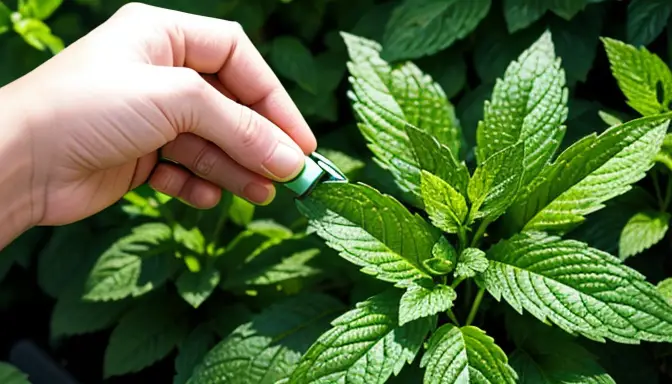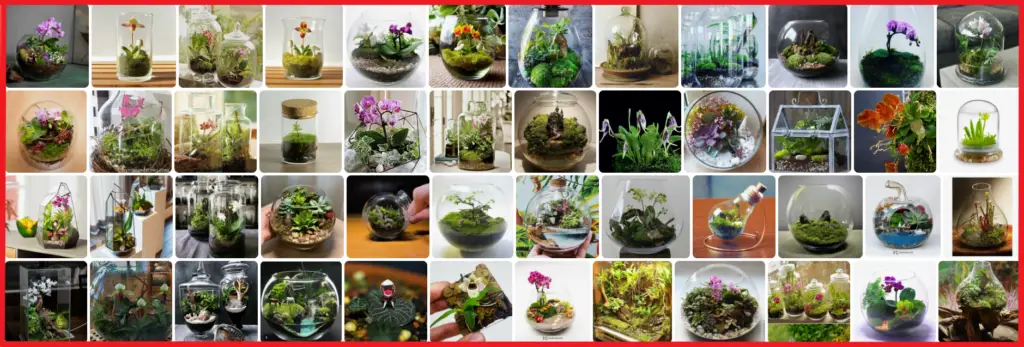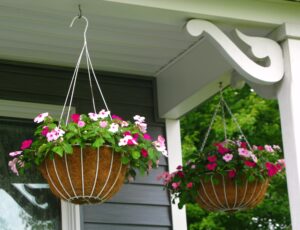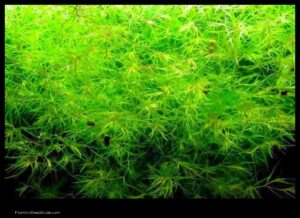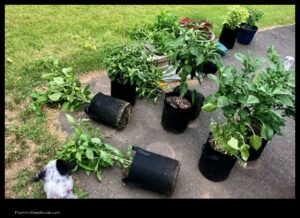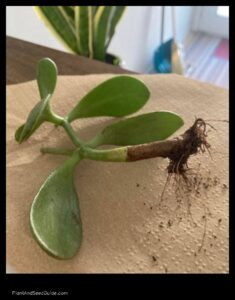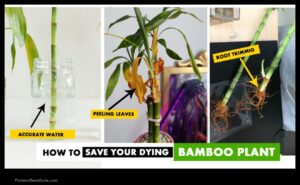When it comes to picking mint, there are simple tricks you can employ to ensure you harvest the leaves without causing harm to the plant. By following these techniques, you can enjoy fresh mint for culinary purposes or teas while promoting the plant’s health and longevity.
One effective method is to use sharp scissors or shears for a clean cut, minimizing damage to the plant and encouraging new growth. Additionally, you can employ various harvesting techniques like pinching, cutting, or stripping leaves to stimulate the plant to produce more foliage.
- Use sharp scissors or shears for a clean cut
- Employ harvesting techniques like pinching, cutting, or stripping leaves
Timing is crucial when picking mint leaves. Optimal flavor and aroma are achieved by harvesting at the right times. Furthermore, understanding how often you can pick from the plant without causing stress is essential for its overall health.
After harvesting, it’s important to care for the mint plant properly. This includes pruning, watering, and fertilizing to promote healthy regrowth and ensure a sustainable harvest for the future.
Alternative methods for picking mint can also be explored, such as drying leaves for later use or propagating new plants from cuttings. These methods offer versatility in how you can harvest mint while maintaining the plant’s well-being.
By picking mint correctly, you not only benefit from maximizing flavor but also contribute to the overall health of the plant. Proper harvesting techniques promote plant growth, ensure a sustainable harvest, and guarantee a fresh and abundant supply of mint for your needs.
Understanding Mint Growth
When it comes to understanding mint growth, it’s essential to grasp the unique characteristics of this aromatic herb. Mint plants are known for their vigorous growth and ability to spread rapidly, making them a popular choice for home gardens. To truly understand mint growth, consider the following key points:
- Mint is a hardy perennial plant that thrives in moist soil and partial shade.
- It spreads through underground rhizomes, which can lead to its invasive nature if not controlled.
- Regular pruning and harvesting can help manage the growth of mint plants and prevent them from taking over the garden.
By recognizing these growth patterns and characteristics, you can effectively navigate the process of picking mint leaves without harming the plant’s overall health and vitality.
Understanding how mint grows is the first step towards successful harvesting and enjoying the benefits of this versatile herb..
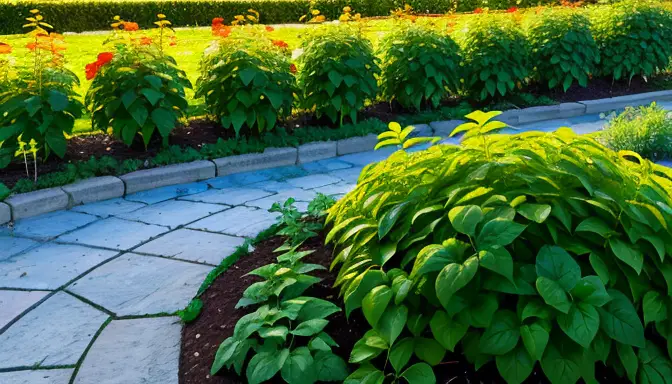
Tools Needed for Harvesting
When it comes to harvesting mint, having the right tools is essential for a successful and efficient process. One of the most important tools you’ll need is a sharp pair of scissors or shears. These tools will allow you to make clean cuts when picking the mint leaves, minimizing damage to the plant and promoting healthy regrowth. Additionally, having a small basket or container on hand to collect the harvested leaves is convenient and helps keep everything organized.
Another useful tool for harvesting mint is a pair of gardening gloves. Not only do gloves protect your hands from any thorns or rough edges on the plant, but they also help prevent the transfer of oils and dirt from your hands to the mint leaves, keeping them clean and fresh. Lastly, a small spray bottle filled with water can be handy for misting the mint leaves after harvesting to keep them hydrated and crisp.
Harvesting Techniques
When it comes to harvesting mint, utilizing the proper techniques is essential to ensure the plant’s health and longevity.
Let’s delve into some effective harvesting techniques that will benefit both you and the mint plant:By employing the right methods, you can pick fresh mint leaves without harming the plant’s growth..
- Pinching: Pinching involves using your fingers to gently pluck the top leaves of the mint plant. This method helps stimulate new growth and encourages the plant to become bushier.
- Cutting: Using sharp scissors or shears, make clean cuts just above a leaf node to promote regrowth. Avoid tearing or ripping the leaves, as this can damage the plant.
- Stripping: Stripping entails removing entire stems of mint leaves by hand. This technique is suitable when you need a larger quantity of mint at once.
Each harvesting technique has its advantages, so feel free to experiment and see which method works best for you and your mint plant. Remember, the goal is to pick mint in a way that benefits both your culinary endeavors and the plant’s overall health.
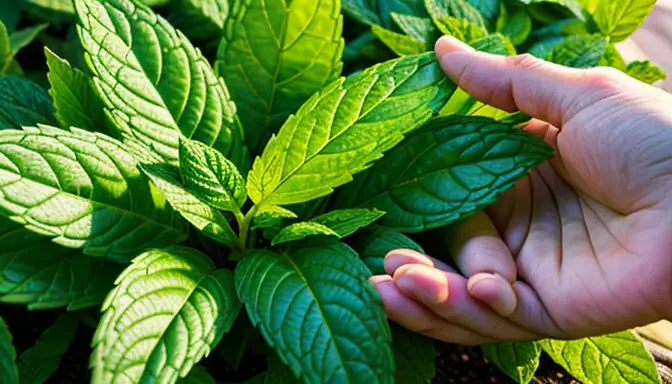
Timing and Frequency
When it comes to picking mint, timing and frequency play a crucial role in ensuring the best quality leaves for your culinary delights. But how do you know when is the perfect time to harvest those fragrant mint leaves? Well, let’s dive into the details to understand the ideal timing and frequency for picking mint:
- Timing: The best time to harvest mint leaves is in the morning when the aromatic oils are at their peak concentration. This is when the leaves are most flavorful and fragrant, offering you the best culinary experience.
- Frequency: Mint is a resilient herb that thrives with regular harvesting. You can pick the top leaves of the plant every 2-3 weeks during the growing season without harming its growth. Remember, the more you harvest, the more the plant will produce new leaves!
By understanding the optimal timing and frequency for picking mint, you can enjoy a bountiful harvest of fresh and flavorful leaves while ensuring the continued health and vitality of your beloved mint plant.
Post-Harvest Care
After harvesting mint leaves, it is crucial to provide proper post-harvest care to ensure the plant’s health and longevity. One essential aspect is pruning the plant to remove any damaged or overgrown parts, allowing new growth to flourish. Additionally, watering the mint plant regularly is vital to maintain adequate moisture levels in the soil and promote healthy regrowth.
Another key element of post-harvest care is fertilizing the mint plant to replenish nutrients that may have been depleted during the growing season. Using a balanced fertilizer can help support the plant’s growth and overall health. It is also beneficial to monitor the plant for any signs of pests or diseases and take appropriate measures to address them promptly.
- Prune the plant to remove damaged or overgrown parts.
- Regularly water the mint plant to maintain moisture levels.
- Fertilize the plant with a balanced fertilizer for optimal growth.
- Monitor for pests and diseases and take necessary action.

Alternative Harvesting Methods
When it comes to alternative harvesting methods for mint, there are several creative approaches you can take to ensure a bountiful supply of fresh leaves.
This process preserves the flavor and aroma of the mint, allowing you to enjoy its benefits long after the harvesting season.One popular method is drying mint leaves for later use, which involves hanging the leaves in a well-ventilated area until they are completely dried..
Another interesting technique is propagating new mint plants from cuttings. By taking healthy stem cuttings from an existing plant and placing them in water or soil, you can encourage the growth of new mint plants. This method is not only a sustainable way to expand your mint garden but also a fun and rewarding process to witness the growth of new plants from cuttings.
Benefits of Proper Harvesting
Properly harvesting mint offers a plethora of benefits that go beyond just obtaining fresh leaves for your culinary adventures. By following correct harvesting techniques, you contribute to the overall health and longevity of the mint plant. Let’s delve into the various advantages of picking mint the right way:
- Promoting Plant Health: By harvesting mint correctly, you prevent overcrowding of leaves, allowing the plant to channel its energy into producing new growth. This ensures a healthier and more robust plant in the long run.
- Maximizing Flavor: When you pick mint at the right time and with the proper method, you preserve the essential oils and flavors within the leaves. This results in a more flavorful and aromatic herb for your dishes or teas.
- Ensuring Sustainable Harvest: Properly harvesting mint encourages the plant to continue growing and producing leaves throughout the season. This sustainable approach ensures a steady supply of fresh mint for your needs without depleting the plant excessively.
Frequently Asked Questions
- Can I harvest mint leaves without harming the plant?
Yes, by using proper techniques such as pinching or cutting instead of pulling, you can harvest mint leaves without harming the plant.
- How often should I pick mint leaves?
It is recommended to pick mint leaves regularly to encourage new growth, but be mindful not to over-harvest to allow the plant to thrive.
- What are the benefits of proper mint harvesting?
Proper mint harvesting promotes plant health, enhances flavor, and ensures a sustainable supply of fresh leaves for culinary or medicinal purposes.
- Wild Rose Country: Exploring Untamed Beauty - July 15, 2024
- Wildflower Nursery Decor: Bringing Nature Indoors - July 15, 2024
- Young Sprout of Grass: Nurturing New Life - July 15, 2024
